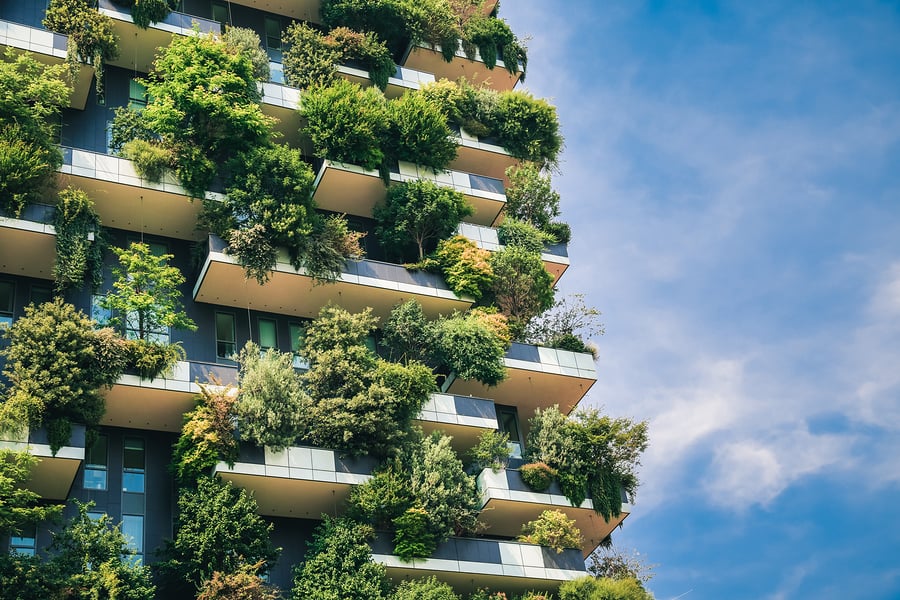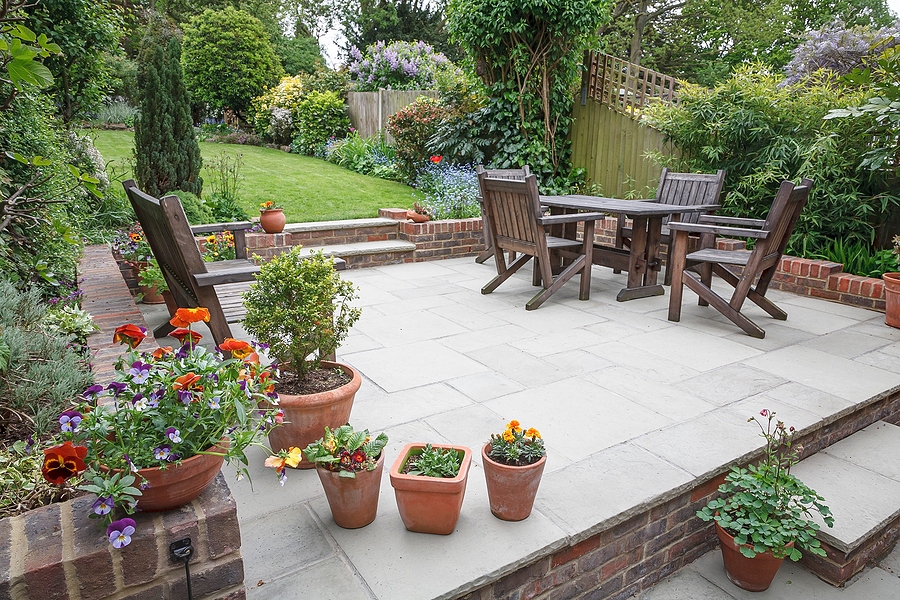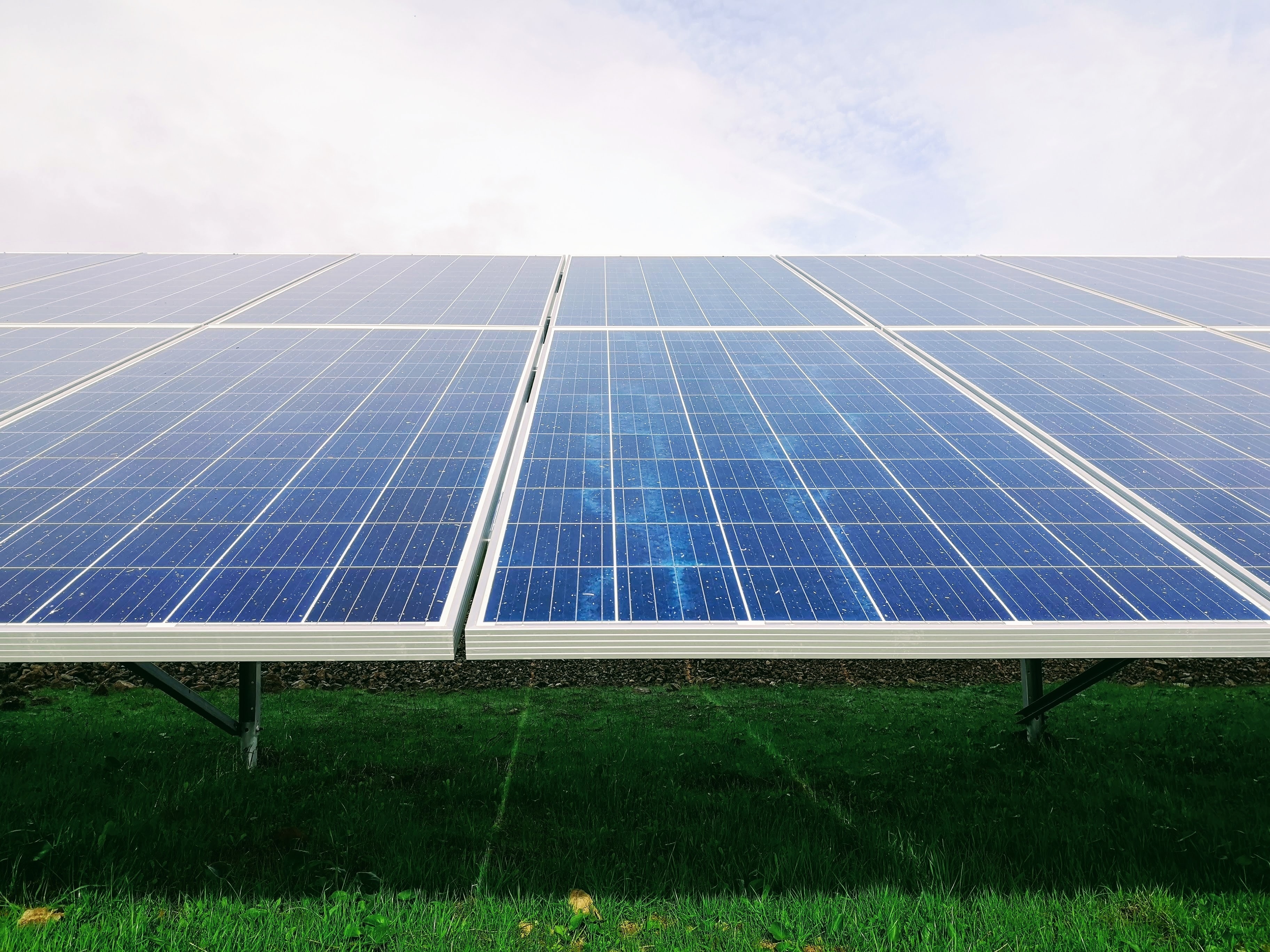"Sustainable architecture" is a reference to building designs that pose a less negative impact on the environment and society than traditional structures. Its driving concept is to ensure that buildings created today are engineered with the future in mind. This type of architecture uses materials and design methods that don't harm the ecosystem or have a detrimental effect on the surrounding community.
Also known as "green building," this practice is an integral part of safeguarding our natural environment.
Benefits of Sustainable Architecture
The benefits to the world around us from sustainable architecture include:
- Conservation of natural resources.
- Reduction of waste products.
- Protection and enhancement of ecosystems.
- Air and water quality improvement.
The 3 Keys to Sustainable Architecture
There are three primary factors required in sustainable architecture for a building to be considered green.
- The first is environmental sustainability. This means the structure must accommodate human life within the limits of the surrounding eco-structure.
- The second principle is to provide economic sustainability. Economic sustainability means the building should be able to support itself financially without harming the culture, society, or environment.
- The third principle is social sustainability. This idea refers to how the business impacts employees, local communities, customers, and others with whom your company does business. For a building to be socially sustainable, it needs to contribute to the well-being of the society around it.
How Does Sustainable Architecture Work?
In a nutshell, sustainable architecture works by using building materials, energy, and waste management in the wisest ways to have the least possible negative impact on the environment.
- One way sustainable architecture works is by considering the natural resources present at the building site. For example, a building constructed on the coast or near a river may utilize water as a power source.
- Materials incorporated into the structure should attempt to minimize the building's environmental footprint. Responsible acquisition usually means finding materials locally instead of purchasing lumber, steel, etc., from other regions or states, which then has to be transported long distances.
- Systems may be implemented that recycle waste, using it for energy production when possible. For example, gray water can be used to water grass and other landscaping features. Food waste can be composted for trees and flower beds.
- Another essential aspect of sustainable architecture is getting feedback from the local community before building. By speaking with the residents, you'll discover any cultural needs which need to be met. Local people will also have a better familiarity with the surrounding environment and may have suggestions on how to use resources more wisely.
- The efficiency of energy consumption is one of the most crucial ways in which sustainable architecture does its job. It must do so over the lifetime of the building. It does this both directly, such as by utilizing solar power, and indirectly, by things like having a properly insulated building, correctly orienting the structure, and having appropriate windows and correctly-sized rooms.
- Renewable energy sources are used, such as by installing solar-powered water heaters. Wind turbines can generate electricity, as long as the wind at the site is sufficient.
- Sustainable building materials are employed. Any time recycled materials can be utilized, they should be, such as reclaimed lumber, steel, other metal products, and usable wood from demolished constructions.
Examples of Sustainable Architecture in the U.S.
- The Epicenter venue of Artists For Humanity in Boston is an award-winning, green building. The center helps young adults from the inner city through employment and mentorship with artists and designers. Epicenter's construction uses solar power to save over $66,000 a year in electricity and natural gas. The center also utilizes a rainwater collection system to water lawns and other landscaping.
- The Terry Thomas Building in Seattle, Washington, was built on the site of an old warehouse. 93% of the materials from that warehouse were used to construct the new building. The Terry Thomas Building makes use of natural ventilation and lets in as much daylight as possible. Its green construction is expected to remain sustainable for 100 years.
- Another excellent example of sustainable architecture is the Global Ecology Research Center in Stanford, California. Its unique cooling system works by spraying water onto the building's roof at night, where the air cools it. This water is then stored in tanks until it's needed. The building has also dramatically reduced carbon emissions.
Your Next Step
Do everything you can do to make your home or business as sustainably as possible. We can’t all build sustainable buildings from scratch, so we do what we can. Recycling, monitoring energy consumption, and using renewable energy like solar power.
Stay tuned to Sustainable Next Step for more tips and tricks to help you become sustainable in your life.










